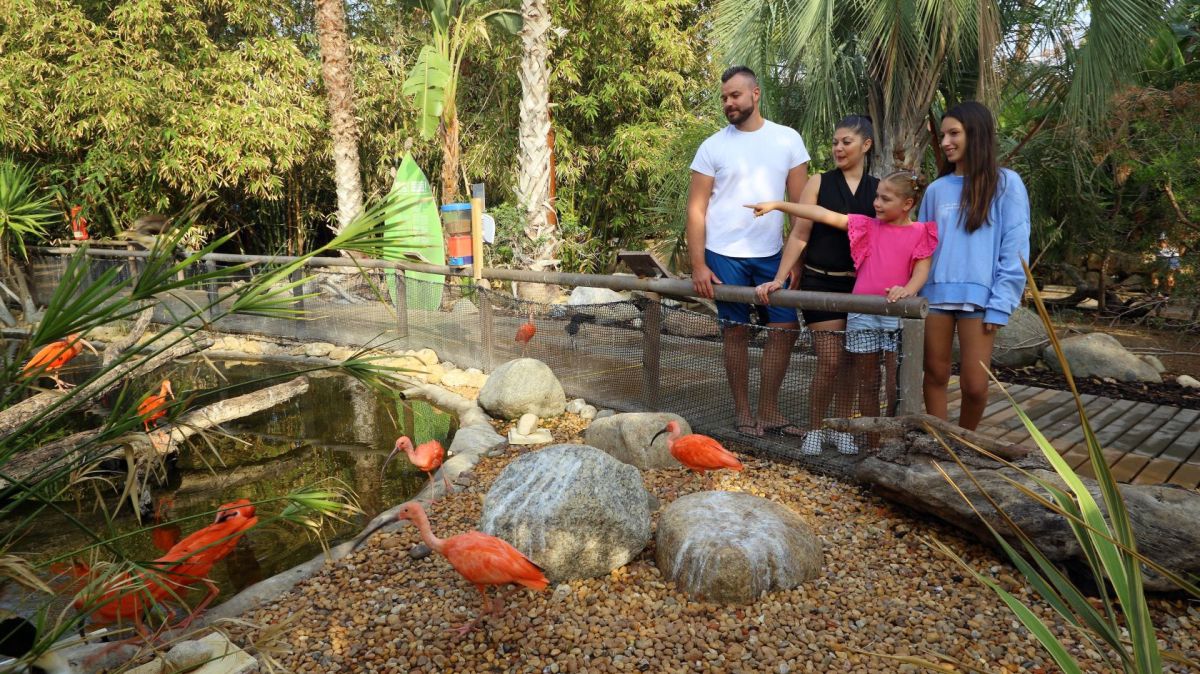“It is a completely new species to science and was the first found and identified in the entire Iberian Peninsula; that is, it broadens the range of what was known about these animals at this time,” said João Pratas, researcher and collaborator at the Lourinhã Museum, where the fossil was transported.
The Marinha Grande Council announced that “a new species of marine reptile from the ichthyosaur group, or ‘fish lizards, ’ which inhabited the region more than 190 million years ago, during the Lower Jurassic, was discovered”.
Named ‘Gadusaurus aqualigneus’, this new ichthyosaur was discovered on the beach of Água de Madeiros, “by Isabel Morais Roldão from Marinha, a teacher at the Francisco Rodrigues Lobo Secondary School, in Leiria”, he said.
According to the city hall, the name ‘Gadusaurus aqualigneus’ makes “reference to cod (‘Gadus’), due to the morphological similarities with ichthyosaurs, and to the beach of Água de Madeiros”.
“The choice of name pays homage to the fish that is an identity symbol of Portuguese culture, linking paleontological heritage and intangible heritage,” he explained.
The municipality stated that it was “a relatively small animal, distinguished by a large nasal foramen [orifice], larger than that documented in other species, and by two symmetrical grooves in the surrounding bones”.
“The skull shows some disarticulation, suggesting that it is a younger animal whose bones were not yet well fused or that the bones moved during the fossilization process,” he explained.
João Pratas, the first author of a scientific article published a week ago in the journal Acta Palaeontologica Polonica, stated that after the discovery by Isabel Morais Roldão, the second author of the article, the professor handed over the specimen to the Lourinhã Museum.
This was followed by preparation and cleaning work in the museum's laboratories, as well as observations, to “help try to identify the specimen”, said the PhD student from Universidade Nova de Lisboa.
“We then made comparisons with other existing ichthyosaurs, and carried out phylogenetic analyses, which is the typical procedure for trying to identify what we are dealing with,” he added, explaining that everything is included in the article now published.
The animal “is part of a group of marine reptiles that were the ichthyosaurs”, the fish-lizards, “a group of reptiles that adapted to a marine environment, developing a very hydrodynamic body shape”, continued João Pratas.
“It is the type of evolution similar to what is observed today in modern whales. They would be animals with a very hydrodynamic body, with a very long snout, tails and fins similar to those of a shark or a dolphin, and they also had very large eyes,” he explained.
João Pratas said that the region between Marinha Grande, in the district of Leiria, and Lourinhã (Lisbon) has always had a large collection of fossils.
“From what we know, in these prehistoric times, it was fortunate that this region had several of the characteristics necessary to be good places for preserving fossils. And that is why it is quite common to find several things in these regions, sometimes fragments, other times entire specimens, that allow us to make discoveries like the one in this article,” added the researcher.














